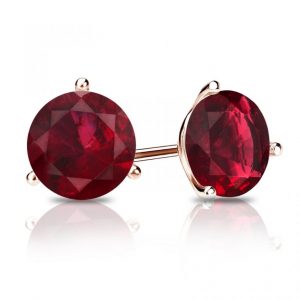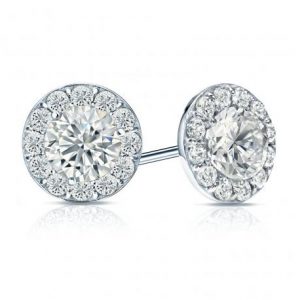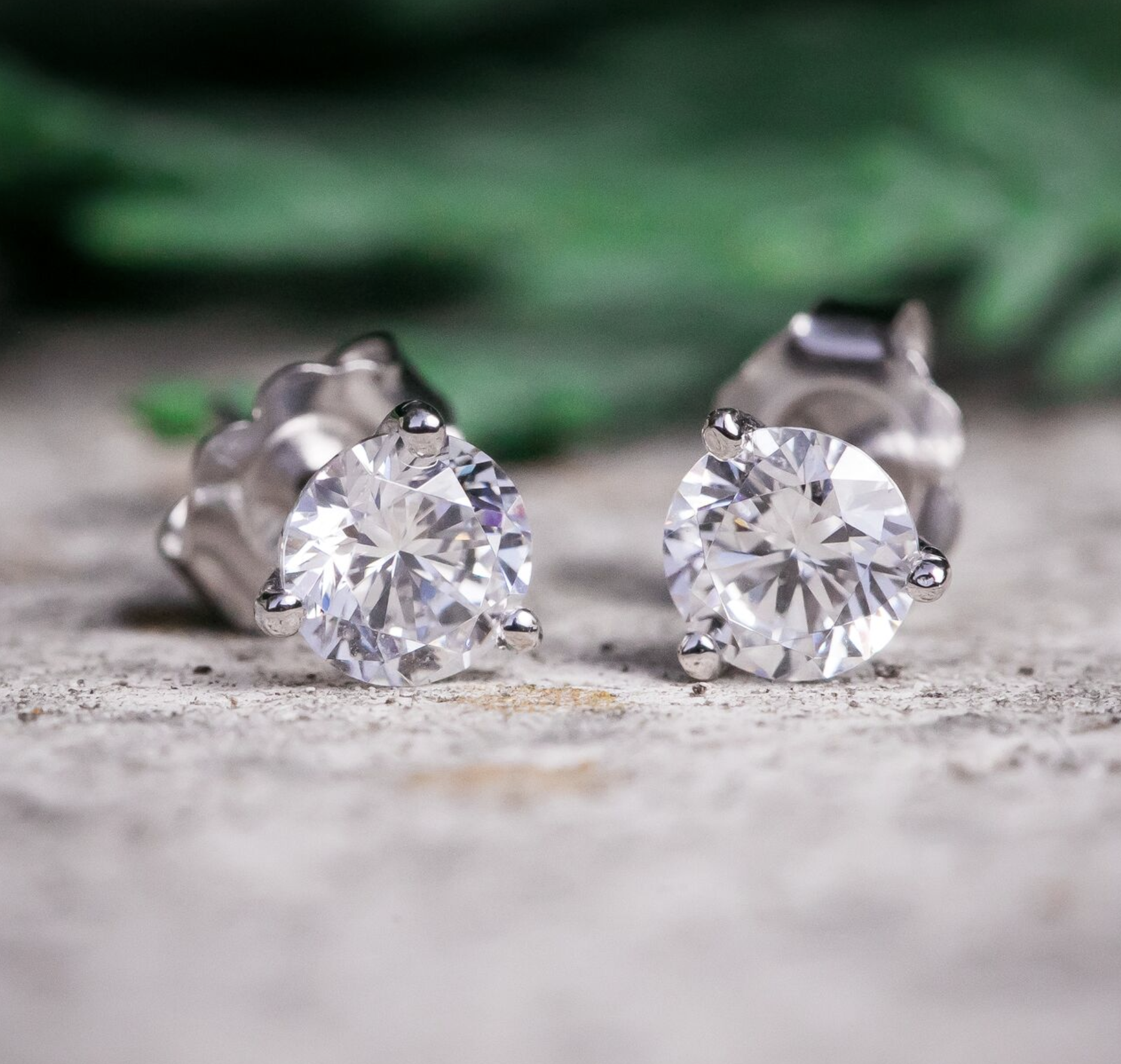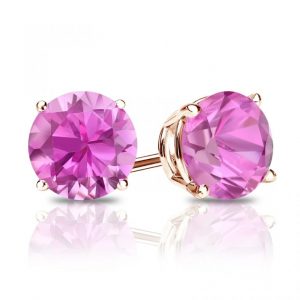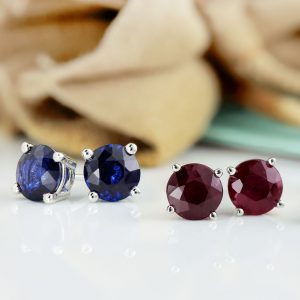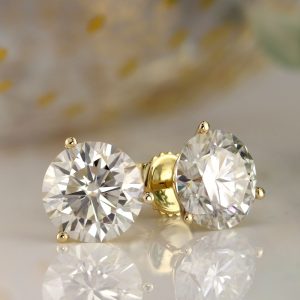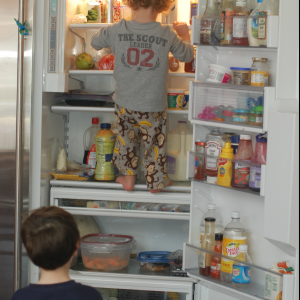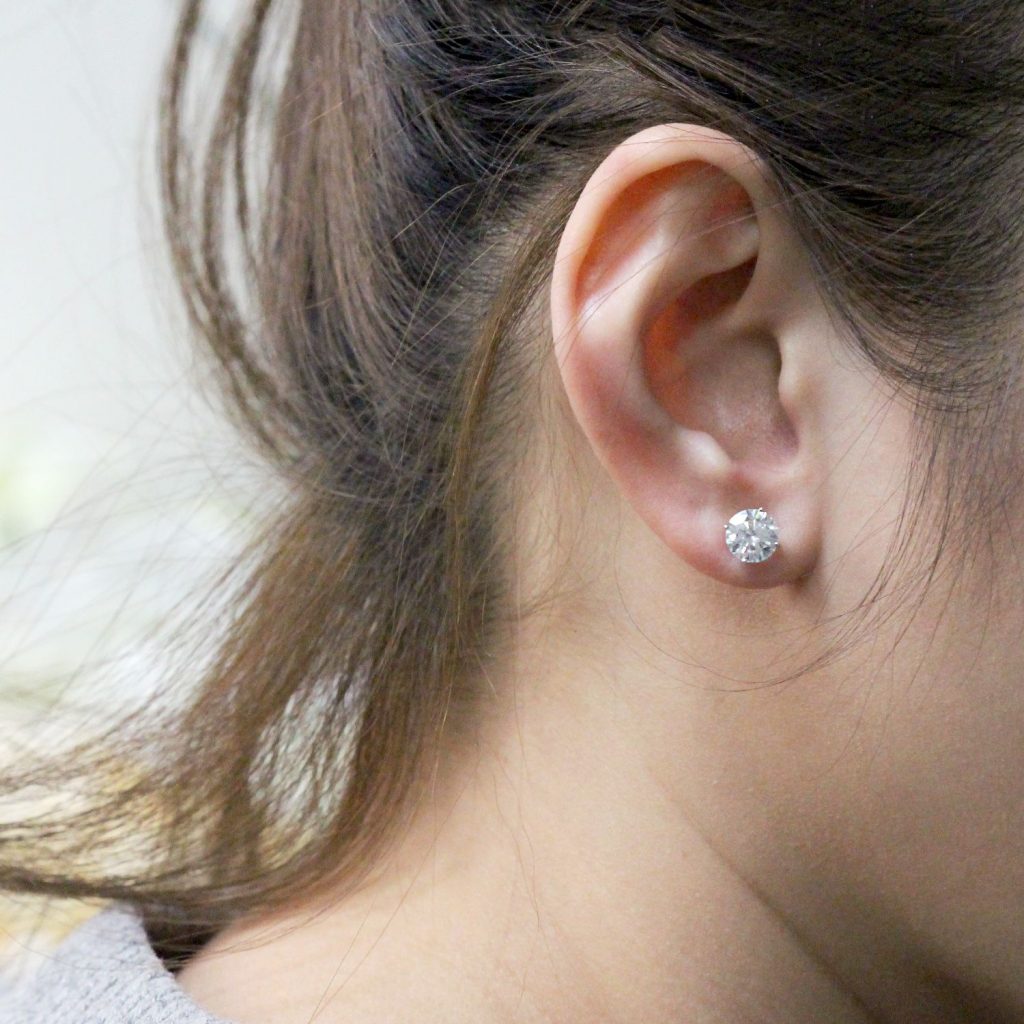
Shopping for a pair of diamond stud earrings is exciting. Diamond studs are gorgeous and timeless, and owning a pair can help you elevate any look. So, picking out your perfect pair of diamond studs can be thrilling, as you take in all your style options and imagine the ways you’ll wear your new studs. However, as a jeweler that specializes in diamond studs, we know that there’s one element of the diamond stud shopping process that can sometimes be more confusing than exciting: choosing your diamond size.
It can be tricky to pick out an ideally sized pair of diamond stud earrings, especially if they’ll be your first pair. It can be hard to decide which size will be perfect for the looks you want to create. Then, it can also be difficult to even discern what size a diamond truly is, since you’ll be looking at carat weight and not a size measurement when shopping for your diamond studs.
Though we know that deciding on your perfect diamond size can sometimes be challenging, we’re here to help! Below, we’re going over everything you need to know about finding the ideal size for your diamond stud earrings. We’ll provide tips on understanding how carat weight relates to size, give some recommendations on diamond sizes for different occasions, share the most popular size for diamond earrings, and go over how diamond quality can affect diamond size.
Understanding Carat Total Weight
Everyone who shops for a pair of diamond studs should understand that diamond studs will be listed with their total carat weight (ctw), which is the weight of all the diamonds within the studs. So, if you’re looking at a pair of 1 ctw solitaire diamond studs, each of the two diamonds within the pair of diamond studs will weigh 0.50 ctw. It’s important to understand carat total weight when you’re shopping for a pair of diamond studs so that you end up with diamonds that are the right size for you– and not half the size you thought they’d be.
Diamond Carat Weight and Diamond Size
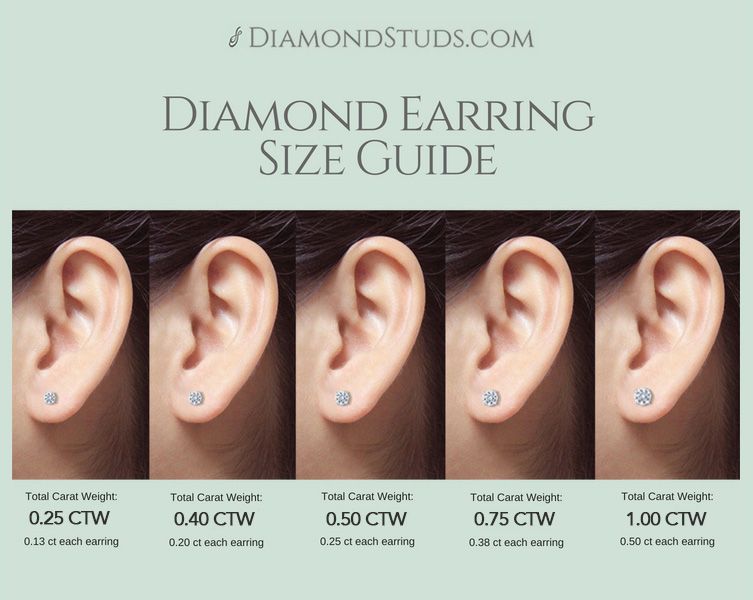
You can use a diamond’s carat weight to get a good idea of its size. Above, you can see what some round diamond studs with different ctw look like when worn on the earlobe.
Note that when you browse the diamond stud earrings in our online store, you can see what each pair will look like when worn on the ear by clicking through the pair’s featured images.
Learn more about how carat weight relates to diamond size by browsing our Diamond Earring Size Guide.
Consider Where You Want to Wear Your Studs
When you pick out your diamond stud size, you’ll want to think about where you’ll be wearing your studs. If you’re shopping for an everyday pair of diamond earrings, you may want to stick to somewhat smaller diamond studs. A good rule of thumb is to stay between 0.25 ctw and 1 ctw for an everyday pair of studs. Then, if you’re shopping for a pair of diamond studs that you’ll wear on special occasions, you may want to go a bit bigger and opt for diamonds that are over 1 ctw.
These are just general guidelines, of course, and you can always go outside these guidelines if that better suits your style. For example, if you love to look glamorous everyday, you may want to select larger diamonds for your everyday studs. Or, if you love more delicate and understated accessories with your special occasion looks, you may want to select smaller diamonds for your special occasion studs.
What’s the Most Popular Size for Diamond Stud Earrings?
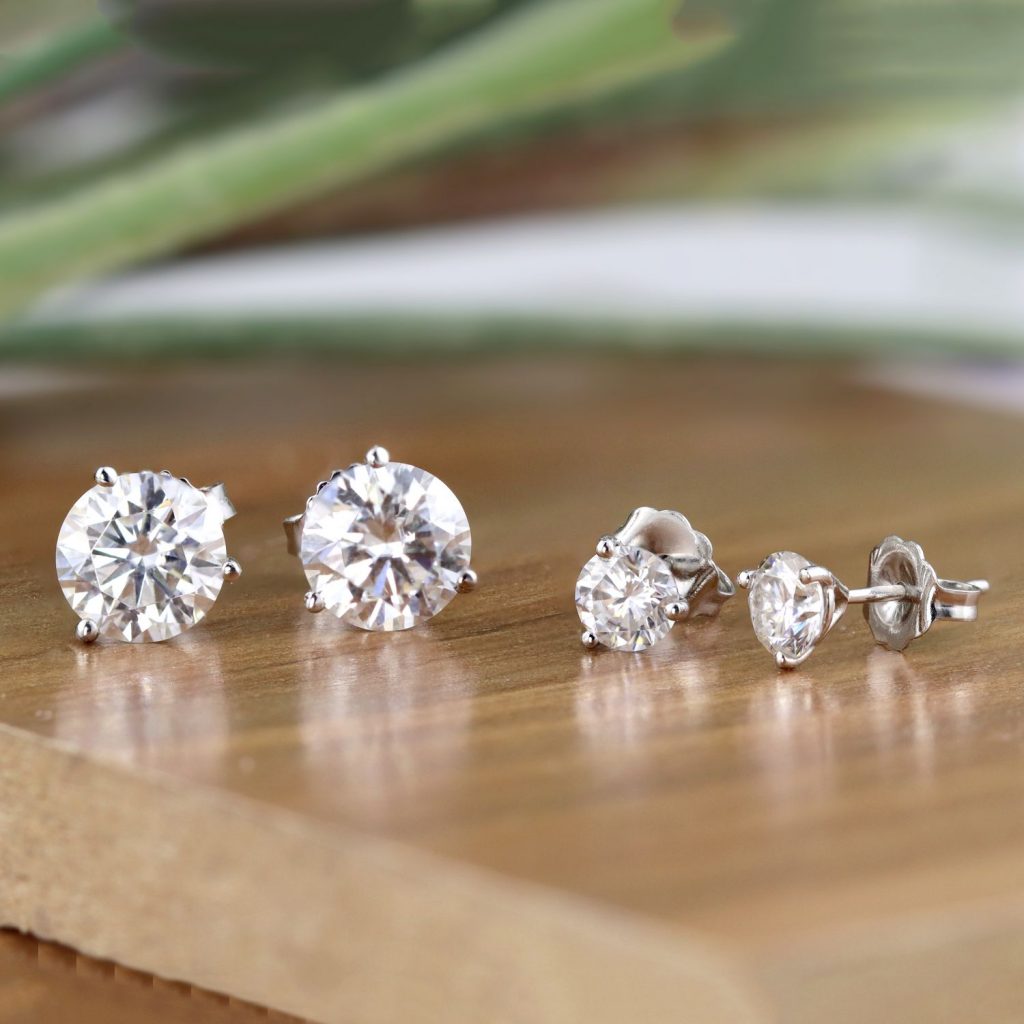
There’s no one size of diamond stud earring that will be perfect for everyone. Each person has their own unique aesthetic desires, so a size that’s perfect for one person could be too big or small for another person.
With that said, there is one size of diamond stud earring that tends to be a bit more popular than the rest: 1 ctw. One carat total weight diamond stud earrings will feature two 0.50 carat diamonds. In a pair of round cut diamond studs, each 0.50 carat diamond would measure around 5 mm in diameter. This size of diamond stud is popular because it’s quite versatile. It’s right at the edge of our recommendations for both everyday and special occasion diamond studs, and many people find that this size works beautifully with both casual and upscale attire.
Don’t Forget Quality– It Impacts Visual Presence
Carat weight, one of the 4Cs of diamonds, can give you an excellent idea of how large a diamond is. The more a diamond weighs, the larger it will be. However, carat weight isn’t the only one of the 4Cs that affects how large your diamond studs will look. Diamond cut, diamond color, and diamond clarity can all affect how large a diamond appears to the eye, since a whiter, more brilliant diamond will have a bigger visual presence.
Diamond cut grade, in particular, has an enormous impact on how large your diamond looks. Humans perceive things that are more reflective or shiny as being larger. When a diamond is very well cut, it will be highly brilliant and look larger. But if a diamond is poorly cut, it will be quite dull and dim, which will make it look smaller than it actually is. For this reason, we recommend only selecting diamonds that have either an Excellent or a Very Good cut grade for diamond stud earrings, a diamond engagement ring, or a diamond pendant necklace. Once you get into the Good cut grade and below, diamonds can start looking considerably less brilliant, which tends to make diamond jewelry look small and lackluster.
Final Thoughts on the Best Size for Diamond Stud Earrings
We hope this guide to diamond stud earring size has been helpful as you hunt for your perfect pair of diamond studs. If you have any questions about diamond stud earrings or if you need assistance picking out a pair, please feel free to reach out. Diamond studs are our speciality and we love helping people find their perfect match.
Read Next: Looking for even more info on buying diamond stud earrings? Check out our guide to finding The Best Setting for Your Diamond Studs, which will teach you how to choose your setting style, your precious metal, and your earring backs to complete your perfect pair of studs. This comprehensive look at stud earring settings covers everything you need to know about prong settings, bezel settings, halo settings, yellow gold, white gold, rose gold, platinum, push backs, screw backs, lock backs, and more!







 1-855-969-7883
1-855-969-7883 info@diamondstuds.com
info@diamondstuds.com



